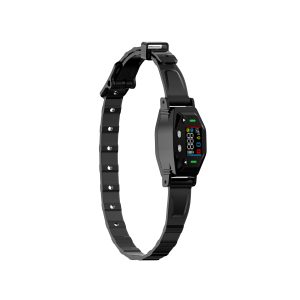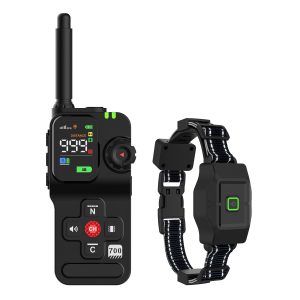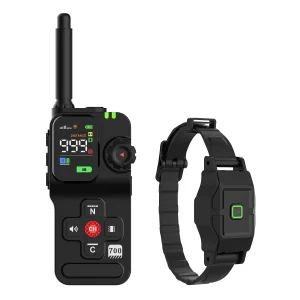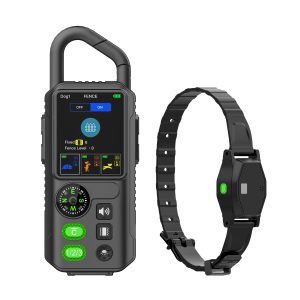The Debate: What is the Best Type of Dog Training Collar?
When it comes to training your furry friend, finding the right tools is essential. Dog training collars have become a common choice for many pet owners seeking to enhance their training efforts, but with so many options available, it can be overwhelming to decide which one is best suited for your dog.
In this detailed guide, we will explore the various types of dog training collars, highlighting their pros and cons to help you make an informed decision.
1. Flat Buckle Collars
Flat buckle collars are one of the most traditional types of collars. They are simple, easy to use, and come in a variety of materials such as nylon, leather, or cotton. These collars are ideal for everyday wear and are suitable for dogs who do not require intensive training.
2. Martingale Collars
Martingale collars, also known as limited-slip collars, are designed to prevent dogs from slipping out of their collars. They provide a gentle way to control your dog without putting too much pressure on their necks. Martingale collars are popular among trainers who prefer a more humane approach to training.
3. Prong Collars
Prong collars, also known as pinch collars, have metal prongs that apply pressure around the dog’s neck when pulled. These collars are controversial and should only be used under the guidance of a professional trainer. While some trainers believe prong collars can be effective in correcting behavior, others argue that they can cause physical and psychological harm to dogs.
4. E-Collars
Electronic collars, or e-collars, are another type of training collar that uses electrical stimulation to communicate with your dog. These collars can be effective when used correctly, but they require training and should never be used as a punishment tool.
5. Head Collars
Head collars, such as the Gentle Leader or Halti, are designed to control your dog by gently steering their head in the direction you want them to go. Head collars are often used for dogs that tend to pull on leashes and can be an effective tool for teaching loose-leash walking.
While each type of dog training collar has its benefits, it’s crucial to consider your dog’s temperament, training needs, and your training approach before choosing the right collar. Remember, effective training is not just about the tools you use but also about building a strong bond with your furry companion.
Make sure to consult with a professional trainer or veterinarian if you’re unsure about which collar is best for your dog. With patience, consistency, and the right tools, you can help your dog become a well-behaved and happy companion.




